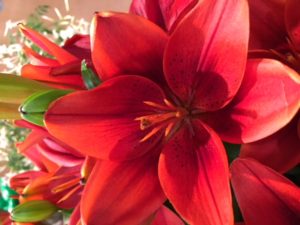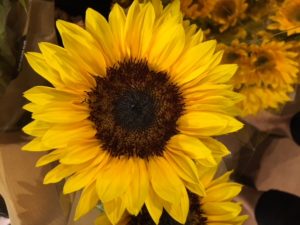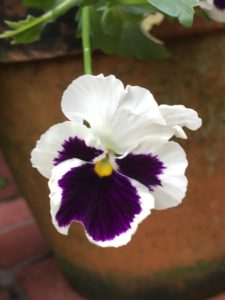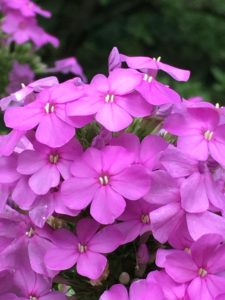

There is a flower to communicate just about anything you want to say. Imagine this conversation between two star crossed lovers:
- He said: pink rose bud (declaration of love)
- She said: almond (you’re guilty of indiscretion!)
- He said: yellow rose (forgive and forget?)
- She said: dead leaves (sadness)
- He said: olive branch (peace)
- She said: daisy (I’ll think about it)
- He said: orchid (promise of luxury and riches)
- She said: red carnation (yes!)
- He said: violet (faithful love)
- She said: orange rose (passion and enthusiasm)
- He said: red rose (true love!)
- Together: baby’s breath!!!

tulip means “declaration of love”


Long before we had texting, tweeting and messaging, actually long before we had phones (ANY kind of phone!), people used the gentle and subtle art of communicating with flowers. The term “language of flowers” was first used in 1809. During Victorian times, dictionaries were printed so that people could keep up with various meanings and nuances of the language of flowers.
It can be a little confusing so if you’re going to use this as your primary form of communication, I suggest you make some flashcards so you and your conversation partner will know exactly what is meant.
Flowers have many advantages over texting. For example:
- a bouquet of flowers is much less expensive than a monthly phone contract
- they smell much better than a phone
- flowers are much better to look at than a screen

Actually, I think this is such a good idea that I’m going to send a huge bundle of flowers to the White House, suggesting it as an alternative to tweeting!
Red roses, phlox and Happy Valentines Day to you all!!!
Laura
